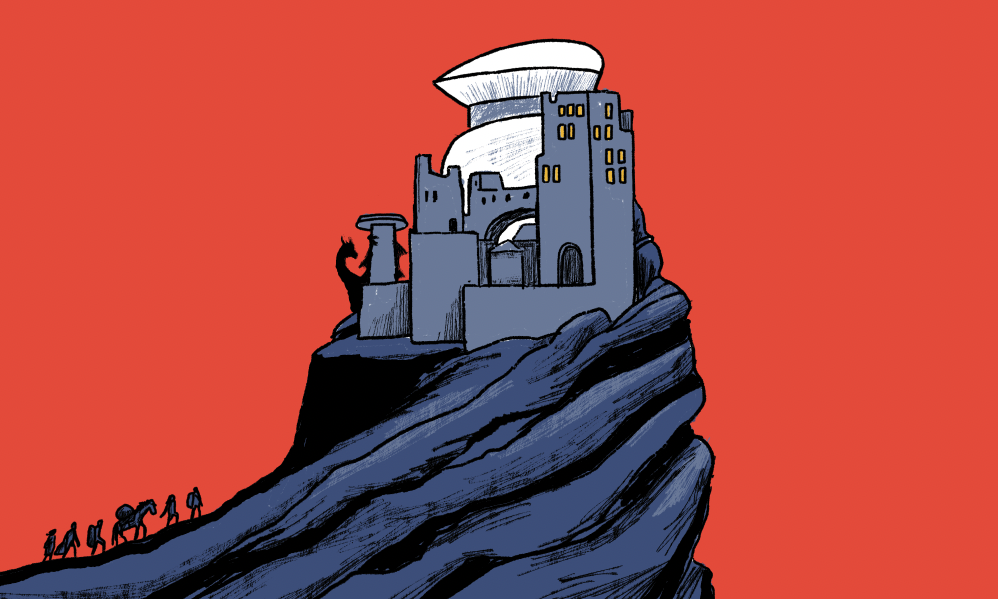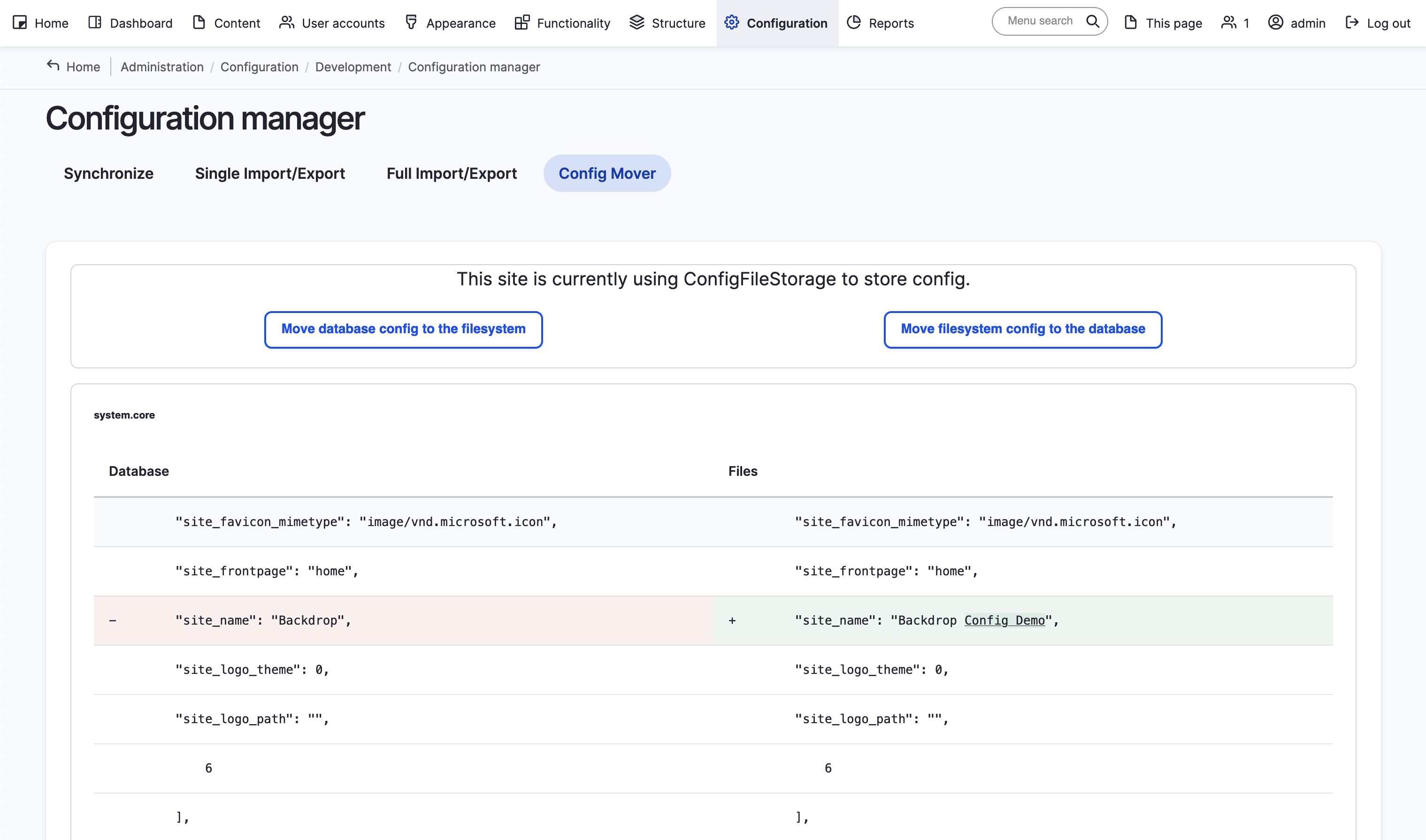
If you haven’t heard of it already, Backdrop CMS has a direct upgrade path from Drupal 7 - making it a viable and affordable option for sites lingering on Drupal 7. Backdrop’s recent 1.28.0 release brought a number of new features, including the ability to choose where your configuration is stored: in the file system or in the database. This can be very helpful, depending on where you are hosting your site. If you are hosting on a server with a writable directory on a solid-state drive (SSD), the default of storing active configuration files on the filesystem can be a very fast and efficient option. On some more specialized hosting where writable directories are on a distributed filesystem in which repeated reading and writing is slower than a SSD (Pantheon, for example), it can now be more efficient to keep the active configuration in the database. This is more in line with the way that modern Drupal handles configuration (with some notable exceptions between the two, such as the format that configuration is imported and exported in – JSON in Backdrop, YAML in Drupal).
Active and Staging Configuration States
When discussing a Backdrop site’s configuration, there are generally two configuration states under discussion: active and staging. The active configuration is the collection of configuration settings that are currently in use for the site, and the staging configuration is composed of any new changes that you are preparing to synchronize with the active settings.
When you run the configuration synchronization process, the staging configuration overwrites the active configuration and any necessary database modifications (e.g. new database schemas for new fields) will be run so that the database state matches what the configuration is describing.
Backdrop will by default store both active and staging configuration files as JSON files directly in the filesystem, in directories that are defined in your settings.php file. Directories that are known to be writable are selected by default, but often these will be adjusted during the site creation process – to allow the staging directory to be kept in your version controlled repository for example. (Note that if you are going to keep your staging configuration in your repository, there is an additional setting in the settings.php file to tell Backdrop not to empty the staging folder after a synchronization action occurs.)
Configuration Storage on Pantheon
Previously, in order to run a Backdrop site on Pantheon, the active configuration would typically be in the writable files directory, which, as was mentioned, can run slowly when reading or writing multiple times in succession. One other strategy for Pantheon was to keep the active configuration in the repository itself, in a non-writable directory. This provided the benefit of extremely fast loading of the configuration files, but had a significant downside in that you could not do any actions that required saving configuration. In fact, if you tried, you would get an error and run the risk of having a database that was out of sync with the configuration settings.
With the new config storage option, you can define where in the repository your staging folder will be, and keep the active configuration in the database. Periodically when you’re making changes locally, you’ll want to export the configuration from the live site into your staging folder and commit those changes to make sure you have saved the most recent configuration. As you make changes locally and commit changes into the configuration staging folder, you’ll be able to synchronize the configuration with each deployment to get the latest configuration changes added to your current database content.
Database Configuration Storage for Developing Locally
When developing locally, it can also be beneficial to store active configuration in the database because it makes it very easy to save snapshots of the site’s content and configuration in one step. This means you can do a “save game” at various points, test out various things to see if they work, and simply reload the saved database snapshot if you want to go back to the earlier version, without needing to worry about multiple moving parts – database plus active configuration files. (If you use DDEV, look into the built-in “snapshot” functionality.)
Typically the configuration storage setting will not be changed regularly, but a new module is in development that can make it much easier to switch between the two. If you are using storage on the file system in one environment and in the database on another (e.g. hosted vs. local installations), the Config Mover module could be a useful development tool.
Backdrop's Flexibility
This is another case where Backdrop shines with its flexibility: you pick which configuration storage option works best for your current hosting environment.
Read more about this change in the official change record and let us know what you think in the comments below.

